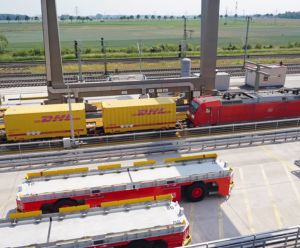Line Haul

Line haul is a critical phase in the supply chain that connects the origin of goods to intermediate or final destinations, typically covering extended distances by land, air, rail, or water.
Cities, major hubs, ports, warehouses, or distribution centers are points of contact in the line haul network. These nodes serve as transfer points, facilitating the efficient movement of freight over extended distances, typically between cities or regions.
This mode of transportation usually involves moving large volumes of cargo in bulk, ranging from small packages and documents to heavy pallets. The process often involves consolidation of freight at depots or sorting facilities, where goods with common destinations are grouped for efficient long-distance transport.
Line haul differs from last-mile or local haul transportation, which involves shorter distances and final delivery to the customer. Instead, line haul handles the inter-hub or inter-city movement of goods. It serves as the backbone of logistics networks by ensuring that shipments move smoothly between major points before being further distributed or delivered.
The routes used in line haul are generally fixed and scheduled, enabling reliable and predictable transit times. Line haul carriers — logistics companies or service providers — operate on these routes using large trucks, trains, cargo planes, or ships, focusing on timely delivery.
In summary, line haul transportation forms the crucial middle segment of the supply chain, improving efficiency by reducing transit times, lowering transportation costs per unit through bulk shipping, and enhancing service reliability.







 English
English